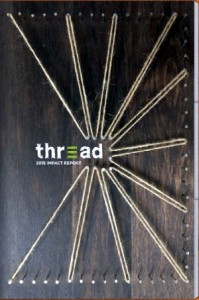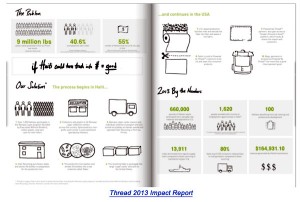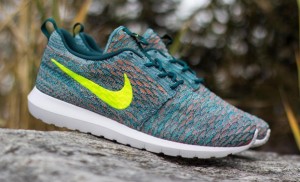Impact reporting is not just a trend but is also becoming the tool and golden nugget that an increasing number of CEOs, such as those of Timberland, Nike and Lego, are demanding to be incorporated into their companies and investing human capital and resources into making sure that it is executed well. So exactly is impact reporting? IT is a comprehensive all-in-one account for a company’s social impact, environmental and sustainability progress, and financial performance. Thread, with a motto of “responsible fabric from Ground to Good”, has started to produce impact reports in the early stages of its business amongst many other “responsible fabric” companies alike that have developed a completely traceable and transparent supply chain with rich and robust data.
With a plethora of numbers and statistics complemented by appealing graphical figures, it is very easy to dismiss these claims as a marketing gambit or a feel-good factor tool despite them being backed by raw facts and data. However, Thread has been able to overcome this common misconception by making sure that its impact report give insight into the way that it runs its business and measures its success, strongly believing that what they measure is what matters. Impact reporting only becomes stronger and more credible as years and decades pass by because not only will a company be able to scale its operations to become more efficient and sustainable, there will also be historical data that will allow readers of the impact report to discover and recognize its trends and see the bigger picture behind a company’s story.
At the end of the day, impact goals are tied to financial goals, production, and sales targets amongst other components of a company in this chain effect, which ensures what Kelsey Halling, the Impact Director of Thread, calls “buy-in across the entire organization”. The impact report ultimately reflects a triple bottom-line company in the truest sense and has grown into a powerful marketing and sales tool that has appealed to investors and consumers. Impact reporting is power.
Link: http://www.sustainablebrands.com/news_and_views/startups/kelsey_halling/start_now_benefits_annual_impact_reporting_beginning




